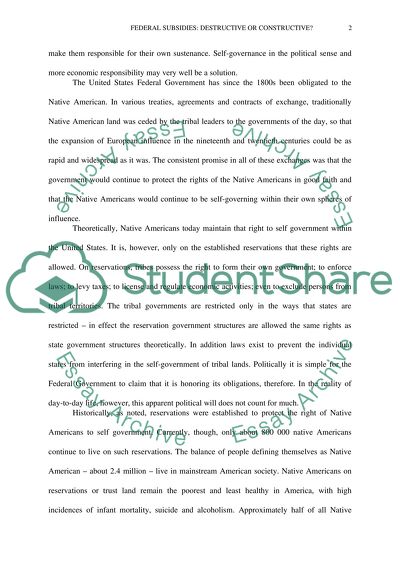Cite this document
(“The issue: Should the federal government continue to provide the Essay”, n.d.)
Retrieved from https://studentshare.org/environmental-studies/1424572-the-issue-should-the-federal-government-continue
Retrieved from https://studentshare.org/environmental-studies/1424572-the-issue-should-the-federal-government-continue
(The Issue: Should the Federal Government Continue to Provide the Essay)
https://studentshare.org/environmental-studies/1424572-the-issue-should-the-federal-government-continue.
https://studentshare.org/environmental-studies/1424572-the-issue-should-the-federal-government-continue.
“The Issue: Should the Federal Government Continue to Provide the Essay”, n.d. https://studentshare.org/environmental-studies/1424572-the-issue-should-the-federal-government-continue.


